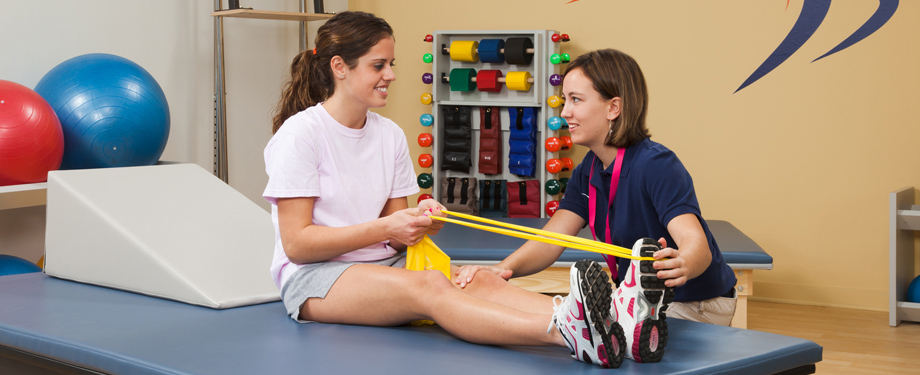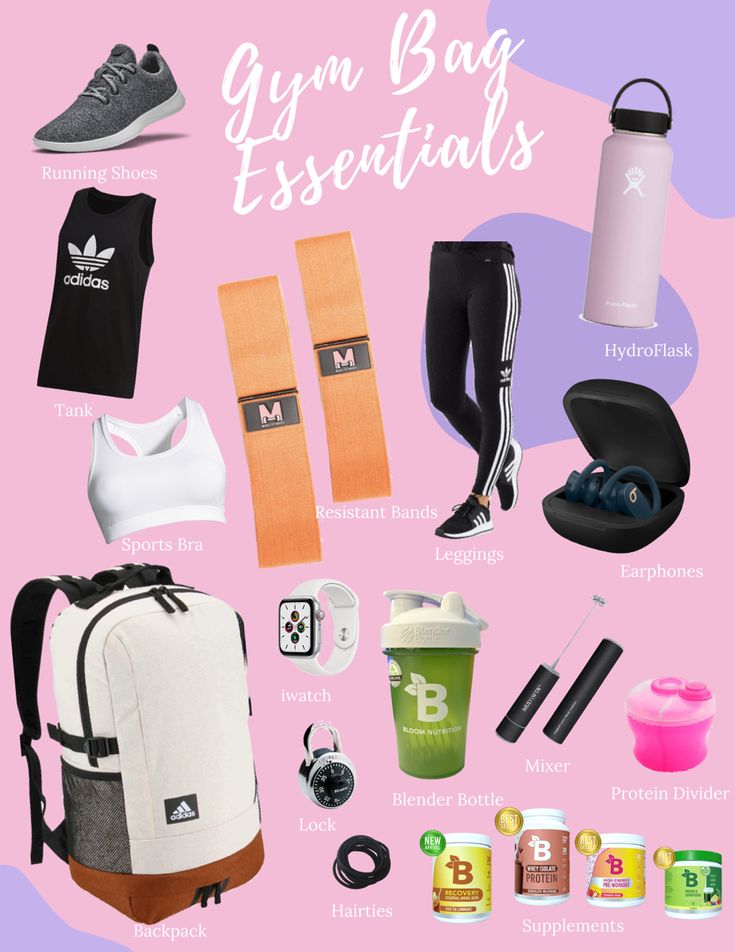
The focus of a beginner's exercise program should be on compound movements. This is so that the muscles can get more work without overworking them. Also, allow 48 hours for your muscles to rest between workouts. In addition, beginners shouldn't try to work each muscle group individually. This will only hinder the response of the body to muscle building, and will also require longer recovery times. These exercises are ideal for beginners since they target multiple muscle group simultaneously and can be applied efficiently to the entire body.
Here are 10 top full-body exercises that beginners can do
Beginners should avoid complicated moves and focus on full-body workouts that will engage all muscle groups. It is important to avoid straining your body too much and to rest if you begin to feel discomfort. Your body will need to be stretched after a workout. Beginners should also follow a proper stretching routine after workouts to avoid injury.
The full-body exercise can be done without the need for equipment in under half an hour. They also help to reduce fat and calories, improve muscle strength and stability, and increase muscle tension. Full-body training is convenient as it targets multiple muscle groups at once.
Focus on the compound movements
For beginners, it's important to focus on compound movements, which are movements that involve more than one major muscle group. Because they engage multiple muscles simultaneously, compound movements are more efficient and save you time. They can be daunting for beginners, as they require coordination and good form. Here are some tips to help you improve your form and learn more effective compound movements.

Carry is a great exercise for beginners. You can work all the major muscle groups including your shoulders and arms. You can use dumbbells as well as a barbell. As this is the best position to hit all three of the deltoid points, it's best to perform this exercise standing.
While doing full-body workouts, avoid back discomfort
If you don't know what to do, full-body exercises can be very painful for beginners. To prevent pain, you must use the correct form and weights. A bench or wall can also be used to support the body. Keep your head and shoulders high off the ground while you slowly lower and extend your body. This will prevent back pain.
Upper-body lifts are a great way to strengthen your back muscles. Use the right technique to ensure that your back joints, ligaments and muscles are not put under unnecessary strain. Always remember to do at least six repetitions and two sets of exercises. You should also do the exercises semi-reclined if you have lower back pain.
Start with a 3-day programme
You can get the most out your workout if you do three days a week of full body exercises. This will allow you to rest between sessions. A good split would be Monday, Wednesday, Friday and a day off in the middle. You should schedule your weekends well. Weekends are time to rest and recuperate. But, life isn't always predictable. Sometimes, you may need to miss a day at your gym because of an unplanned event. If this happens, you can simply make up the lost day.
Working out requires a warm-up. To prevent injuries and issues with form, beginner lifters should be careful not to lift too much weight. Mobility exercises, which target hips, knees, and shoulders, are also important. Be sure to correct your form, and not compare yourself with advanced lifters. Keep in mind that the more you practice, you'll improve.

With full-body exercise, you can avoid repetitive motion injury.
Full-body exercises for beginners can help you avoid repetitive motion injuries. These injuries can cause pain and interfere with your daily life. Repetitive motion injuries include tendinitis (bursitis) and tendinitis (tendinitis). These conditions occur when joints become inflamed from overuse or repetitive motion exercises. They can affect any of the joints, including the knee or ankle. You can also get repetitive motion injuries from tennis elbow, runner’s shin, and swimmer’s shoulder.
Repetitive motion is the leading cause of RSIs. Repetitive motion is essential for many types of activities. Swimming can cause repetitive motion injuries. It is important to practice good form and strengthen core muscles in order to prevent these injuries.
FAQ
What can exercise do for your body and mind?
Exercising helps you lose weight, build muscle mass, increase energy levels, reduce stress, and improve sleep quality. The benefits of exercise include improved moods, better self-esteem, increased productivity, and reduced risk of heart disease.
What does Nutrition do for Your Body?
Your body functions properly when you have the right nutrition. You can ensure adequate nutrition by eating a balanced diet rich in fruits and vegetables, lean meats, whole grains, and healthy oils.
Why is physical fitness important?
Our health is dependent on our physical fitness. We must exercise regularly to maintain our weight, strength, flexibility, and cardiovascular system. Exercise is also good for our sleep, stress reduction, self-esteem and energy throughout the day.
Statistics
- In 2018, the World Health Assembly agreed on a global target to reduce physical inactivity by 15% by 2030 and align with the Sustainable Development Goals. (who.int)
- In high-income countries, 26% of men and 35% of women were insufficiently physically active, as compared to 12% of men and 24% of women in low-income countries. (who.int)
- Physical activity confers the following maternal and fetal health benefits: a decreased risk of pre-eclampsia, gestational hypertension, gestational diabetes (for example, 30% reduction in risk) (who.int)
- According to the Centers for Disease Control and Prevention, chronic diseases cause 7 out of 10 deaths in the U.S., and treating chronic diseases accounts for 86% of U.S. healthcare costs. (mana.md)
External Links
How To
How to motivate yourself and get started on a fitness program
A fitness plan is a set or sequence of exercises that are done regularly for a particular time. It helps people build muscle mass and tone their bodies. Regular physical activity can improve cardiovascular health and lower blood pressure, cholesterol levels and risk of heart attack and stroke. It also reduces anxiety, stress, depression, stress, obesity and other diseases. Exercise provides psychological benefits like self-esteem and confidence, mood, energy levels, sleep quality, and social interaction.
Why do you want to follow your own fitness routine?
To lose weight, improve your health, and become fit, you need to start a fitness program. But why would you want to follow one? Let's find the answer!
What does it mean to follow a fitness routine?
It means performing some form of physical activity like running, cycling, swimming, yoga, martial arts, etc., at least three times per week. This does not mean that you need to exercise for hours. A mere 30 minute session can help burn calories and keep the body fit. The most important thing to remember is to stick to the plan. If you miss a day here and there, don't worry--just pick up where you left off next time.
What amount of time do I need for my fitness regimen?
The time it takes depends on how busy and active you are. It takes between 20-30 minutes to complete a moderate workout. For those who are just getting started with exercise, you might start slow, starting with five to ten minute increments. After you get used to it, gradually increase the duration.